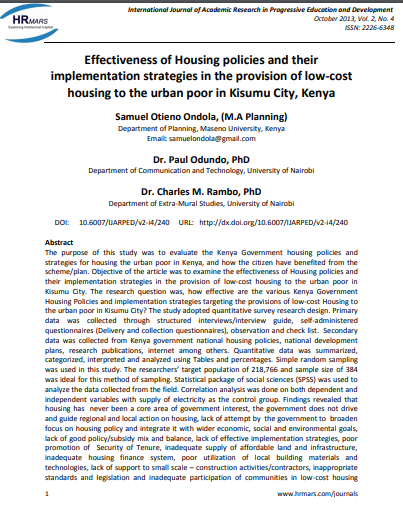Reconstruction Policy and Planning
The unprecedented damage caused by the
Great East Japan Earthquake (GEJE) affected multiple
locations, posing severe challenges for local governments.
Based on advice from an independent council, the government
acted quickly and issued a basic policy and regulation
framework within four months, laying the foundation for an
inclusive process of recovery and reconstruction. This note
documents the interactive process of reconstruction





